Heat transfer Lab Products
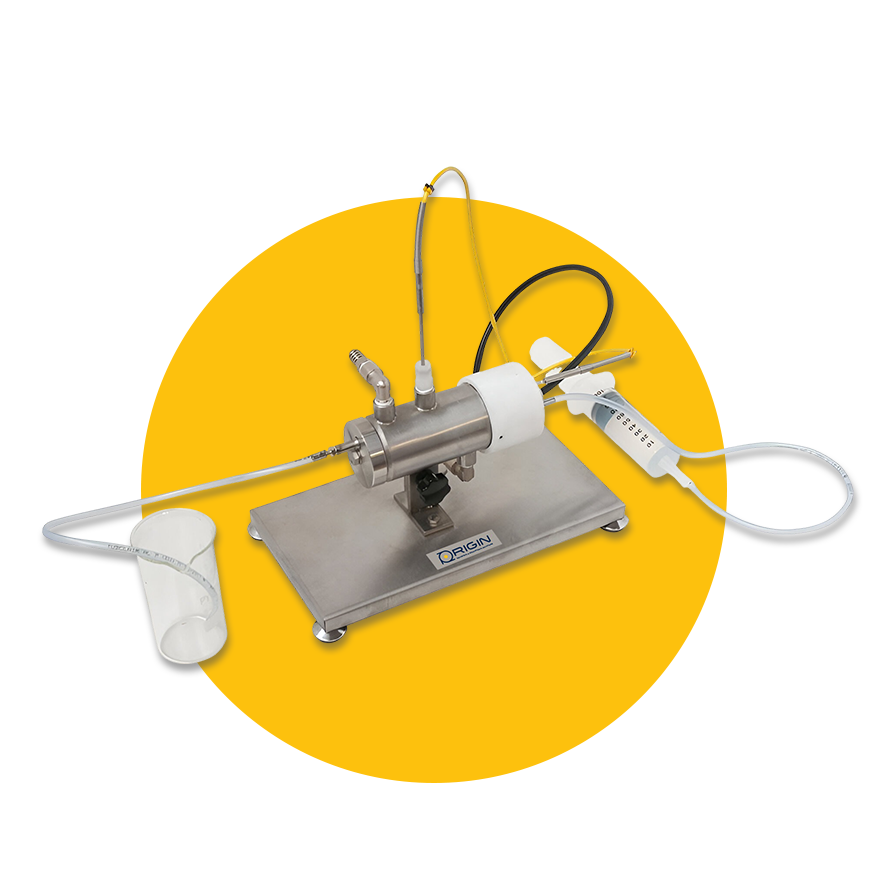
Thermal conductivity in fluids
Code : (MH-41)
The unit provides simple experiments designed for focused instruction on the subject of heat conduction in fluids. This instruction should cover the fundamental distinctions between gases and liquids.
• Investigation of steady heat conduction in gases and liquids
• Transient heat conduction in fluids
• Calculating the thermal conductivity of fluids
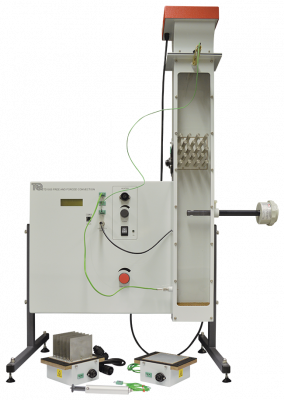
Free & forced heat convection
Code : (MH-42)
The unit is created to provide a clear demonstration of free and forced convection phenomena, establishing heat flux on three distinct heat transfer surfaces, and illustrating heat distribution along the extended surfaces of different geometries.
• free and forced convection
• determine convective heat transfer at different geometries
• experimental calculating of Nusselt number
• description of the transient heating process
• Calculating and investigating of main parameters that affect heat transfer.
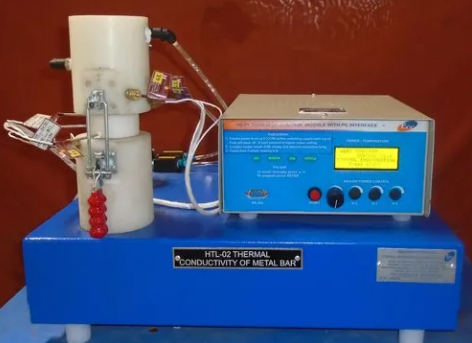
Thermal conductivity in metals
Code : (MH-43)
The training system aims to help students conduct basic experiments on
heat conduction through different metals.
It includes eleven samples made of various metals to explore and compare their thermal conductivity.
• The time dependency continues until the system reaches a steady state.
• calculate the thermal conductivity of different metals
• calculate the thermal resistance of the specimen
• determine the effect of the length of the specimen
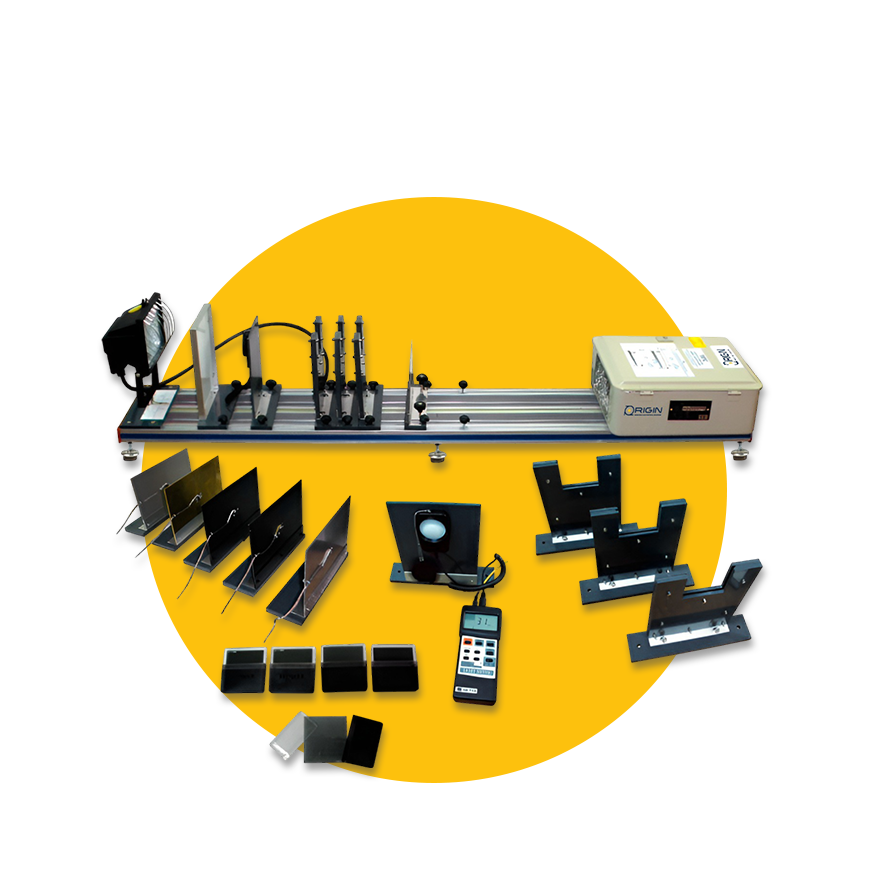
Thermal radiation
Code : (MH-44)
The thermal radiation trainer is an educational unit that can be mounted on a benchtop and is intended for examining radiation heat transfer and the principles that govern it.
• Investigation of Lambert’s direction law
• Familiarization with Lambert’s distance law
• Stefan-Boltzmann law
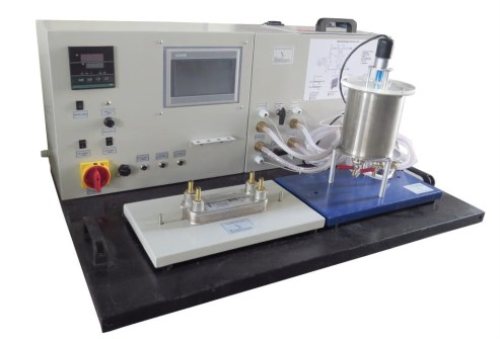
Heat exchanger
Code : (MH-45)
The heat exchanger service unit provides trainees with an
understanding of the operational principles and theoretical concepts of
heat exchangers. Trainees will gain knowledge of heat exchanger design
and learn how to manage hot and cold streams. The unit is equipped
with software that allows trainees to supervise and regulate system
readings.
• Transfer of heat occurring between fluids that are divided by a partition in both parallel and counter directions of flow.
• Calculation of energy balance and efficiency.
• Evaluation of the average temperature difference through the logarithmic mean.
• Determination of the total heat transfer efficiency.
• Analyzing the impact of flow rate and temperature difference on the
heat transfer coefficient.
• Assessment and comparison of the functionality and efficiency of
various heat exchanger designs.
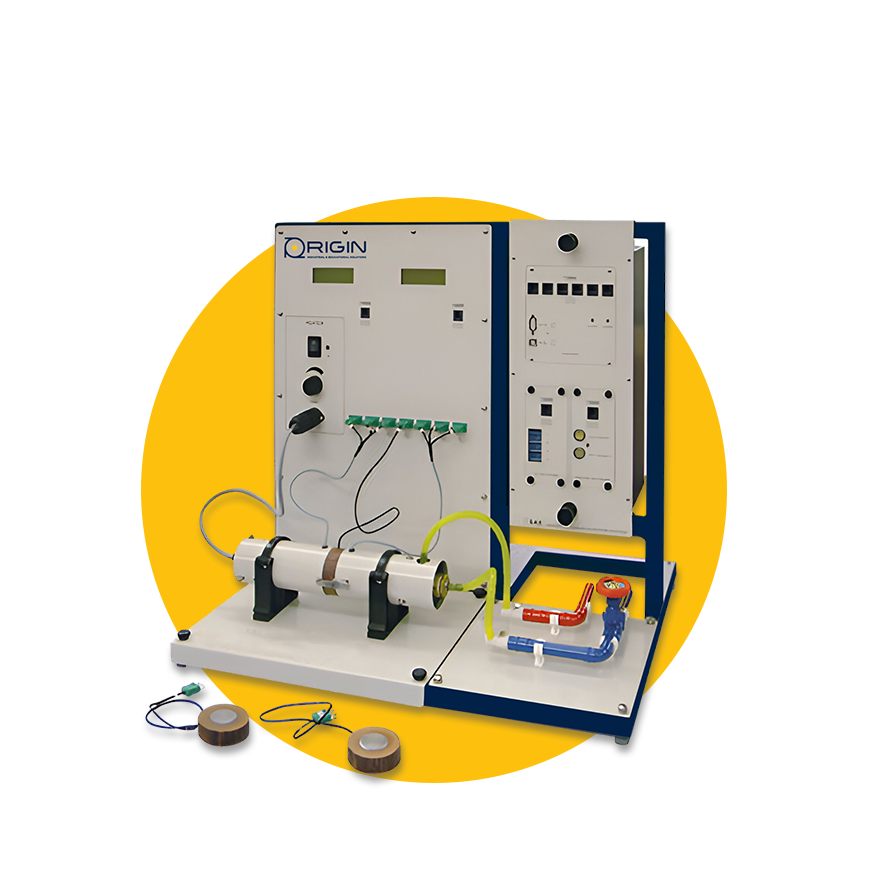
Unsteady state heat transfer
Code : (MH-46)
The device is intended for the study and demonstration of both steady and unsteady heat conduction.
There are assorted samples available for diverse experiments and thorough exploration of both types of heat conduction.
• Conduction of heat at a constant rate
• Heat conduction that changes over time
• Profiles of temperature over time
• Determine the thermal conductivity λ for various types of metals
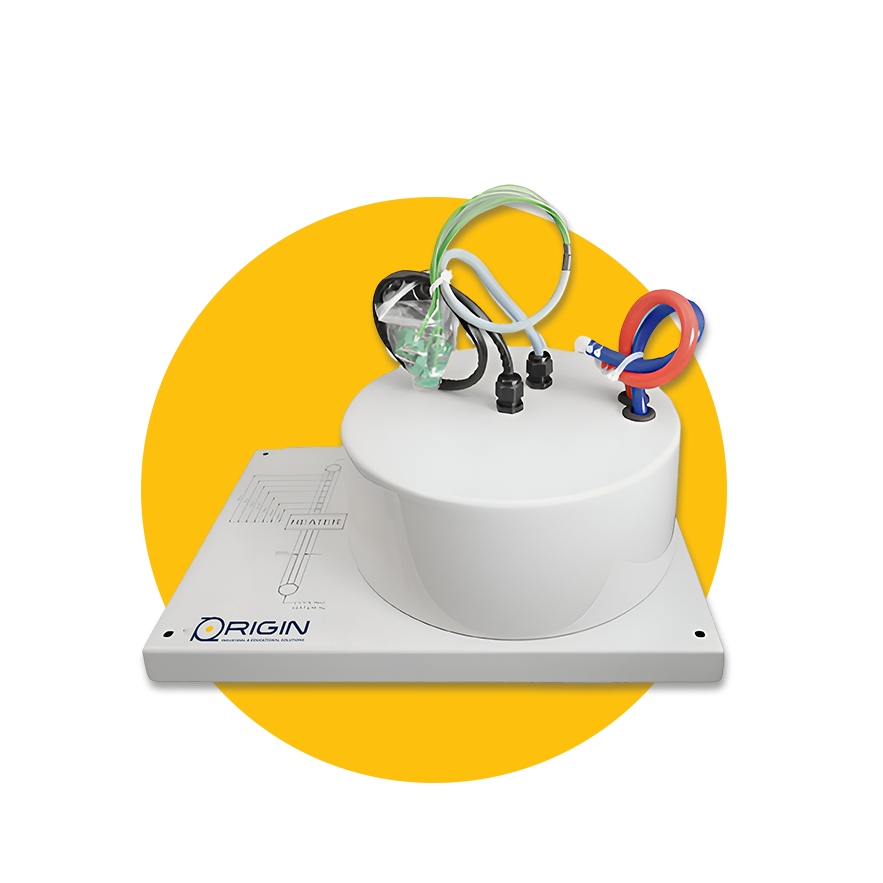
Linear and radial heat conduction
Code : (MH-47)
The experimental unit allows for the experimental determination of basic laws and characteristic variables of heat conduction in solid bodies.
The experimental unit can be used to determine basic laws and characteristic variables of heat conduction in solid bodies through experimentation.
• Determination of temperature profiles for different materials for linear conduction
• Determination of the thermal conductivity in the case of linear
• Determination of temperature profiles for different materials for radial conduction
• Determination of the thermal conductivity in the case of radial.
